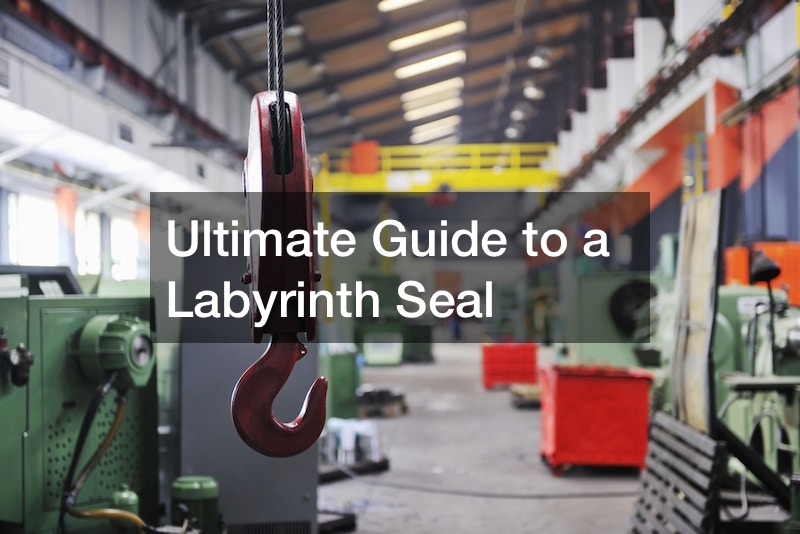
Labyrinth and clearing seals are low leakage seals that shield machine parts from contaminants without physical touch. They don’t rub against shafts or casings and work on the concept of favorable clearance. Labyrinth seal manufacturers use various styles to create these seals; however, the basic principle involves placing a rotor (spinning) and stator (stationary) element with a radial gap to separate the two sections that make up a labyrinth seal.
When selecting labyrinth and clearing seals, the operating speed and temperature must be considered. Typically, these seals don’t function effectively at slow working speeds.
Laminar sealing rings, which use a succession of flat metal washer-like rings of different diameters to generate a labyrinth seal, are another type of labyrinth and clearing seal.
Labyrinth seals frequently employ several non-contact metal rings or other devices to create a labyrinth that makes it difficult for unwanted material to get through while safeguarding the critical lubricants. The clearance between the spinning shaft and the seal ring’s inner diameter can be precisely controlled by the clearance seal design.
Labyrinth and clearing seals, which differ from single-lip seals in that they distribute pressure across the seal as opposed to just one spot, have grooves that function as individual lips. Teeth configuration choices include interlocking, staggered, stepped, split halves, one-piece, or eight-piece variations for labyrinth seals and clearing seals.
.
Labyrinth and clearing seals are low leakage seals that shield machine parts from contaminants without physical touch. They don’t rub against shafts or casings and work on the concept of favorable clearance. Labyrinth seal manufacturers use various styles to create these seals; however, the basic principle involves placing a rotor (spinning) and stator (stationary) element with a radial gap to separate the two sections that make up a labyrinth seal.
When selecting labyrinth and clearing seals, the operating speed and temperature must be considered. Typically, these seals don’t function effectively at slow working speeds.
Laminar sealing rings, which use a succession of flat metal washer-like rings of different diameters to generate a labyrinth seal, are another type of labyrinth and clearing seal.
Labyrinth seals frequently employ several non-contact metal rings or other devices to create a labyrinth that makes it difficult for unwanted material to get through while safeguarding the critical lubricants. The clearance between the spinning shaft and the seal ring’s inner diameter can be precisely controlled by the clearance seal design.
Labyrinth and clearing seals, which differ from single-lip seals in that they distribute pressure across the seal as opposed to just one spot, have grooves that function as individual lips. Teeth configuration choices include interlocking, staggered, stepped, split halves, one-piece, or eight-piece variations for labyrinth seals and clearing seals.
.


